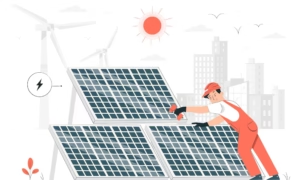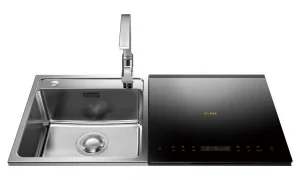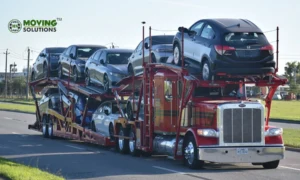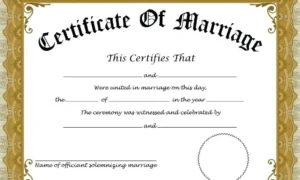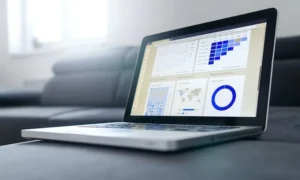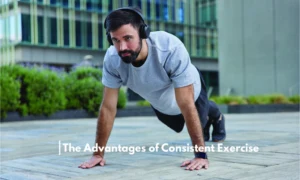Uh oh! You press play, but all you hear is the soundtrack to your disappointment – no video. Fear not, fellow tech adventurer! This isn’t necessarily a sign of digital doom. We’ve all been there, staring at a black screen while the audio taunts us. But before you resign yourself to watching paint dry (although, with today’s high-definition paints, that could be surprisingly captivating…), let’s delve into the reasons why this might be happening and, more importantly, how to fix it!

Understanding the Culprit: Why Only Audio Plays
There are several potential reasons behind this audio-only fiasco. Here are the usual suspects:
- The File Itself: Sometimes, the video file itself might be corrupt. This could be due to a glitch during download, transfer, or even saving.
- Incompatible Formats: Not all video players are created equal. If the video format (like .mkv or .wmv) isn’t compatible with your media player, you might only get the audio.
- Missing Codecs: Codecs are like tiny translators for your computer, allowing it to understand different video formats. If the necessary codec is missing, you might lose the visuals.
- Playback Software Issues: Occasionally, the media player itself might be malfunctioning. A simple glitch or outdated software can cause playback issues.
- Temporary System Hiccups: Your computer, like any complex machine, can experience hiccups. Temporary glitches might interfere with video playback.
The Great Video Repair Adventure: Solutions for Every Scenario
Now that we’ve identified the potential villains, let’s suit up and embark on our video repair adventure! Here’s a step-by-step approach to troubleshooting based on the culprit:
Scenario 1: The Corrupted File
- Try a Different Player: Different media players have different strengths. If your current player isn’t displaying the video, try another one like VLC Media Player, known for its broad format support.
- Repair the File (if possible): Some advanced video editing software offers repair features for corrupted files. If not, there are video repair tools such as SFWare Video Repair that can solve your “Video Has No Sound When Playing” issue! However, the success rate varies depending on the level of damage.
Scenario 2: Incompatible Formats
- Identify the File Format: Most video players display the file format next to the filename. If you’re unsure, right-click the file, select “Properties,” and look for the “Type” section.
- Download the Missing Codec: A quick Google search with the file format (“how to play .mkv files”) will usually lead you to the appropriate codec download page. Be sure to download from a reputable source.
- Consider a Universal Media Player: VLC Media Player is a popular choice for its ability to play a wide range of video formats without additional codec installations.
Scenario 3: Missing Codecs
- Identify the Missing Codec: Similar to identifying the file format, some media players might display an error message mentioning the missing codec. You can also search online based on the error message.
- Download the Missing Codec: Following a safe and trusted source, download the necessary codec and install it according to the instructions. Restart your computer afterward.
Scenario 4: Playback Software Issues
- Update Your Media Player: Outdated software can cause compatibility issues. Check for updates within your media player settings or visit the developer’s website.
- Reinstall Your Media Player: In some cases, a clean reinstall might resolve glitches within the software. Remember to back up any preferences or playlists before reinstalling.
- Try a Different Media Player: If the issue persists, consider using a different media player altogether. VLC Media Player is a free and versatile option.
Scenario 5: Temporary System Hiccups
- The Good Old Restart: Sometimes, a simple restart can work wonders. This clears out temporary system files and might resolve any minor glitches causing the playback issue.
- Update Your System: Outdated system drivers or software can sometimes lead to compatibility problems. Check for and install any available system updates.
Bonus Tip: The Power of Backups
While not directly related to fixing the current issue, having a backup of your important videos is a lifesaver in case of file corruption. Consider using cloud storage services or external hard drives for backups.
Remember: Throughout this troubleshooting journey, keep an eye out for any error messages displayed by your media player. These messages often provide valuable clues about the specific issue you’re facing.
The Takeaway: Patience and Persistence Lead to Video Bliss
Fixing “audio only” playback issues might require some patience and exploration. By following these steps and systematically eliminating potential culprits, you’ll be well on your way to enjoying your favorite movies!









